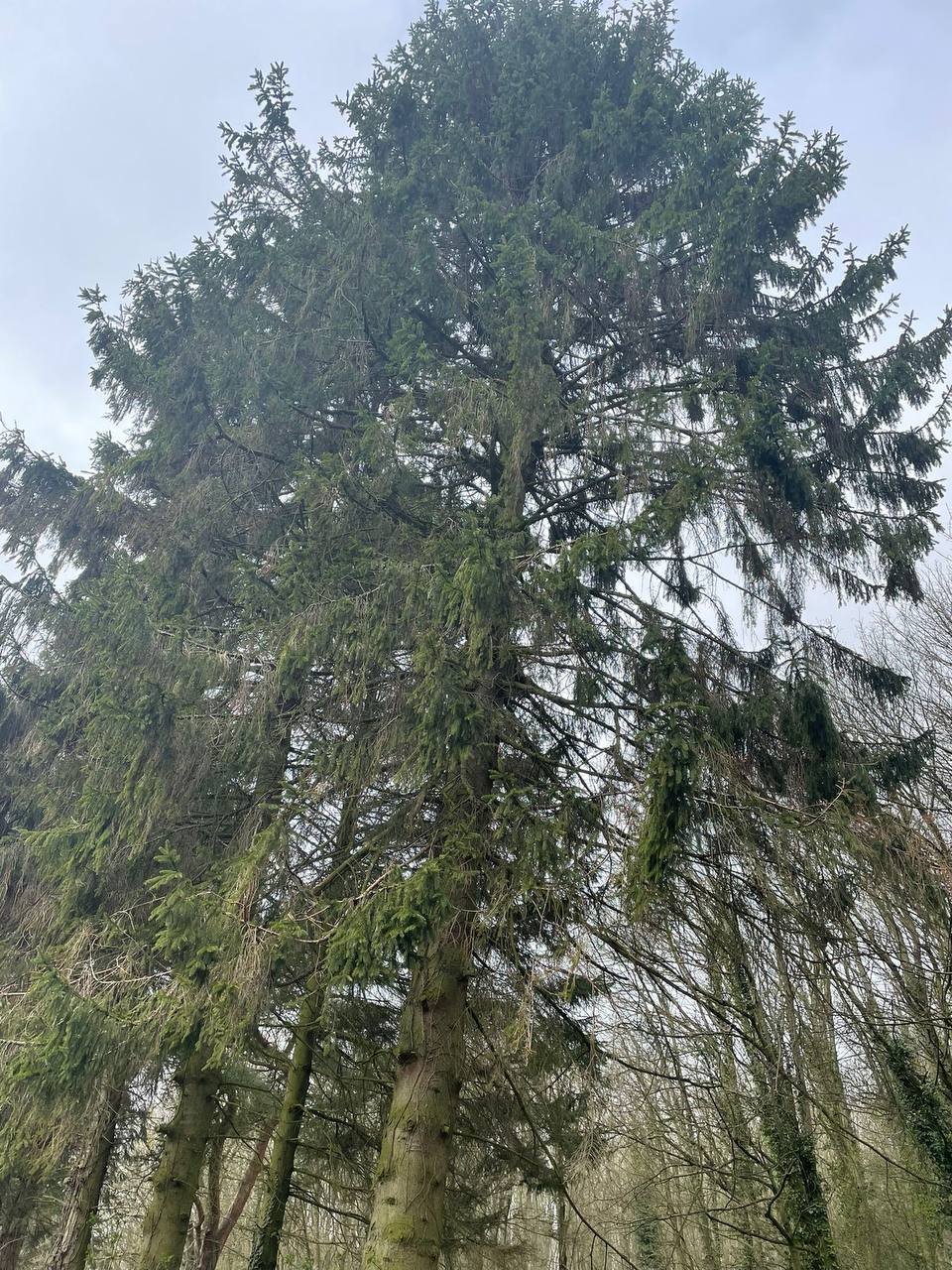
Introduction: Forests are invaluable ecosystems providing clean air, biodiversity, and resources like timber. Proper forest management is essential to maintain the health and sustainability of these vital natural environments. One of the crucial practices in forest management is pruning. In this blog post, we’ll explore the significant role that pruning plays in preserving and enhancing our forests.
The Purpose of Pruning in Forest Management:
- Thinning: One of the primary objectives of pruning is to thin out overcrowded trees. Trees often compete for sunlight, nutrients, and space in a dense forest. By selectively pruning some trees, you allow others to thrive by providing them with the necessary resources.
- Enhancing Timber Quality: Pruning improves the quality of timber harvested from the forest. When lower branches are removed, the wood from the main trunk grows straighter and with fewer knots. This results in higher-grade timber, which is more valuable in various industries.
- Reducing Fire Risk: Pruning helps reduce the risk of forest fires. Lower branches and deadwood are potential fuel sources during wildfires. By removing these, you can create firebreaks and limit the spread of flames, protecting the forest from devastating fires.
- Disease and Pest Control: Pruning can help manage and control the spread of diseases and pests within the forest. Removing infected or infested trees can prevent the disease or infestation from affecting nearby healthy trees.
Pruning Techniques in Forest Management:
- Crown Cleaning involves removing dead, diseased, or damaged branches from the canopy. Crown cleaning reduces the risk of disease transmission and enhances overall tree health.
- Crown Thinning: This technique removes branches selectively to increase the distance between them, allowing more sunlight and airflow into the canopy. Crown thinning promotes healthier growth and reduces competition among trees.
- Crown Raising: Lower branches are pruned to create clear spaces beneath the canopy. This technique is valuable in maintaining access to wildlife and improving visibility within the forest.
Benefits of Pruning in Forest Management:
- Sustainable Harvesting: Proper pruning leads to healthier, straighter, and higher-quality timber, ensuring a sustainable supply for industries while conserving the forest ecosystem.
- Biodiversity: By creating open spaces and enhancing the forest structure, pruning supports a more diverse range of plants and animals, contributing to overall forest biodiversity.
- Fire Prevention: Reduced fuel loads and firebreaks created by pruning help prevent catastrophic forest fires, protecting the forest and nearby communities.
- Economic Value: Pruning increases the economic value of timber, making forest management more financially sustainable.
Conclusion: Pruning is a vital tool in forest management, contributing to the health, sustainability, and overall well-being of our forests. By applying various pruning techniques, forest managers can enhance timber quality, reduce fire risks, control disease and pests, and promote biodiversity. Responsible forest management ensures that these precious natural ecosystems will continue to benefit future generations.